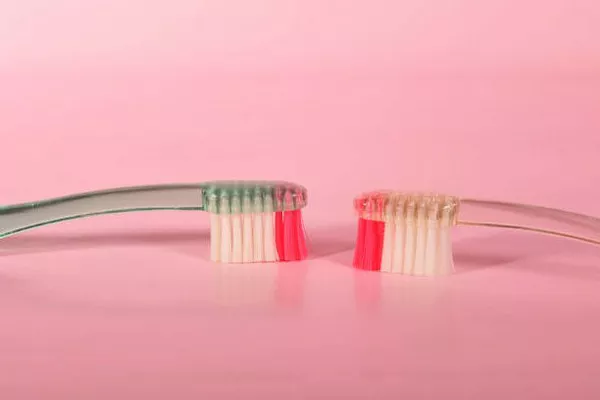Teeth whitening is a popular cosmetic dental procedure that can help people achieve a brighter and more confident smile. With advancements in technology, there are various options available to whiten teeth, including LED teeth whitening. But does LED teeth whitening really work? In this article, we will take an in-depth look at LED teeth whitening, its effectiveness, safety, and possible side effects.
What is LED Teeth Whitening?
LED teeth whitening is a non-invasive cosmetic dental procedure that involves using a specialized light-emitting device to activate a whitening agent on the surface of teeth. The whitening agent usually contains hydrogen peroxide or carbamide peroxide, which breaks down stains on the tooth‘s surface and penetrates the enamel to remove deeper stains.
How Does LED Teeth Whitening Work?
LED teeth whitening works by using a specialized light-emitting device that emits a specific wavelength of light to activate the whitening agent on the surface of teeth. The light energy penetrates the enamel to break down the chemical bonds of staining compounds, resulting in a brighter and whiter smile.
The LED light used in teeth whitening is usually blue or red. Blue LED lights are commonly used because they have been found to be the most effective in activating the whitening agent. Red LED lights, on the other hand, are used to reduce inflammation and promote healing after the whitening process.
Effectiveness of LED Teeth Whitening:
The effectiveness of LED teeth whitening depends on various factors such as the severity of the stains, the type of whitening agent used, and the duration of treatment. In general, LED teeth whitening is considered to be an effective method for removing surface stains caused by food, drinks, and smoking.
However, LED teeth whitening may not be effective for removing deeper stains caused by medications, genetics, or aging. In such cases, alternative whitening procedures such as in-office teeth whitening or dental veneers may be more effective.
Safety of LED Teeth Whitening:
LED teeth whitening is generally considered safe when performed by a trained dental professional. However, there are potential risks and side effects associated with the procedure.
The most common side effect of LED teeth whitening is tooth sensitivity. This occurs when the whitening agent penetrates the enamel and reaches the dentin layer, where nerves are located. The sensitivity usually resolves on its own within a few days, but in some cases, it may require treatment with desensitizing agents.
Another possible side effect of LED teeth whitening is gum irritation or inflammation. This can occur if the whitening agent comes into contact with the gums and causes chemical burns. To prevent this, a protective gel is usually applied to the gums before the treatment.
In rare cases, LED teeth whitening may cause damage to the enamel or increase the risk of cavities. This can happen if the whitening agent is used excessively or if the teeth are already weakened due to decay or erosion.
Conclusion:
LED teeth whitening is an effective method for removing surface stains and achieving a brighter smile. However, its effectiveness depends on various factors such as the severity of the stains and the type of whitening agent used. It is generally considered safe when performed by a trained dental professional, but there are potential risks and side effects associated with the procedure.
If you are considering LED teeth whitening, it is important to consult with your dentist to determine whether it is suitable for your individual needs and to ensure that it is performed safely. Your dentist can also recommend alternative whitening procedures or cosmetic dental treatments if LED teeth whitening is not appropriate for you.
Related Topics:




























